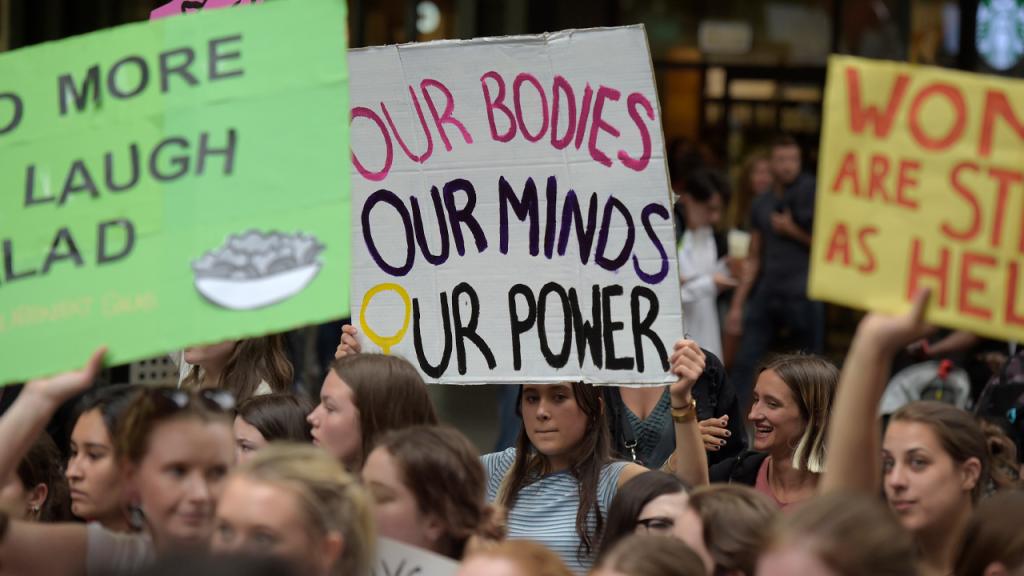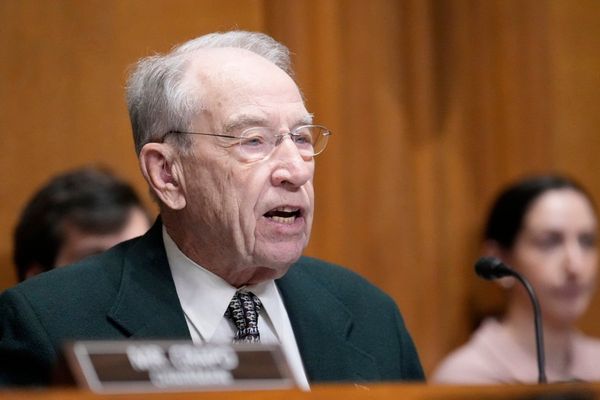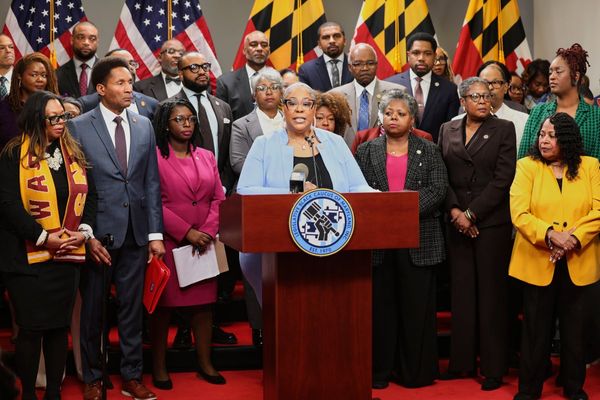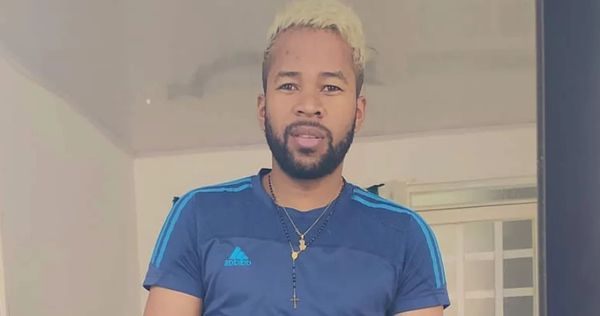

The latest federal budget is here and among a number of announcements to tackle cost-of-living challenges and bolster Australia’s economy, there are some pretty big measures for Aussie women.
So if you’re curious about what all the headlines are talking about, or more importantly, how the latest budget affects you, we’ve got you covered.
Healthcare
TBH this is a pretty big one, with a $792.9 million package over five years aimed at improving women’s choice, cost, and access to healthcare.
Three new contraceptives — Yaz, Yasmin, and Slinda — have been added to the PBS. There’s also going to be larger Medicare payments and bulk billing for birth control implants and IUDs which could shave up to $400 off your out-of-pocket costs.
A new endometriosis medicine Ryeqo will be added to the PBS along with 11 new endometriosis and pelvic pain clinics to help the roughly one in nine women who suffer from the painful condition.
From 1 April 2025, women will have earlier access to a combination IVF therapy known as Pergoveris, previously only funded in later IVF cycles, through the PBS. It’s expected to help over 6,000 women annually.

There’s also a focus on menopause, with three new treatments on the PBS, namely Estrogel, Estrogel Pro, and Prometrium. Adding to this is a new Medicare rebate for menopause health assessments.
In addition to this, strengthening Medicare and the PBS is on the table, with $8.5 billion to make more GP visits bulk billed for all
Australians and train more doctors and nurses, as well as $657.9 million to open another 50 Medicare Urgent Care Clinics and expand existing services. This will help Australian women get faster and more affordable access to the care they need.
The government also pledged $784.6 million to ensure the maximum amount you need to pay for certain prescription medications will be $25 from January 1.
Tax cuts
Continuing from the tax cuts in the previous budget, Chalmers has announced some more “modest” measures starting 1 July 2026.
The tax rate that applies to taxable income between $18,201 and $45,000 will be reduced from 16 to 15 per cent. This will further dip to 14 per cent from 1 July, 2027.
What does this mean for you? With the cuts, Aussies earning above $45,000 — i.e. 80 per cent of taxpayers, according to the government — could expect an extra reduction of around $268 in 2026-27 and $536 from 2027-28.
Around seven million women will receive an additional tax cut in 2026–27 and 2027–28, per the budget. And given that on average, women working full-time earn $246 less per week or $12,807 less per year than men working full-time, any tax break is pretty promising.
If you’re keen to learn more about how this will impact you, you can check out the calculator on the Budget website.
Cost-of-living
The fact our bills are really starting to stack up can’t be lost on the government, who promised this will be a budget with a strong focus on addressing cost of living.
So what measures have they included? Well, Aussies can expect to see further $150 rebates on their energy bills, although it’s only till the end of this calendar year.

Those with HECS-HELP debts could also see a reduction, with the government’s election pledge of a 20 per cent cut, removing around $16 billion.
Additionally, over $250 million will go towards supporting at least 100,000 free TAFE places annually, with a priority on cohorts that typically face barriers to education and employment like women, people with disability, and First Nations people, among others.
Addressing wages
Over three million Australian workers should benefit from a new move to ban non-compete clauses, allowing low-and-middle-income employees earning under $175,000 a year to benefit from moving to new and better paying roles.
There’s also a $2.6 billion investment toward further pay rises for aged care nurses and $3.6 billion to improve the way for the early childhood education and care workforce, industries which have historically seen greater female participation in this workforce.
Tackling gender-based violence
The latest budget includes $21.4 million over three years to improve victim and survivor engagement in the justice system and help all Australians. This will also inform a broader response to the Australian Law Reform Commission’s (ALRC) Inquiry into the Justice System’s Response to Sexual Violence.
Additionally, around $8.9 million has been allocated over three years to improve and expand support services for vulnerable Australians, including Australians experiencing housing insecurity and family, domestic and sexual violence.

(Source: iStock Images)
Supporting parents and carers
A three day guarantee scheme — which passed parliament last month — will replace the Child Care Subsidy Activity Test from January 2026 to ensure families are eligible for at least three days of Child Care Subsidy per week for early childhood education and care. There’s some $426.6 million in the budget set aside for this over four years from 2025–26 meaning women will find it easier to head back to work after having a baby.
And if you’re extra curious about the budget papers, you can log on to the government’s 2025-26 budget website which has all the deets.
The post How Will The 2025 Budget Affect Young Aussie Women? appeared first on PEDESTRIAN.TV .







